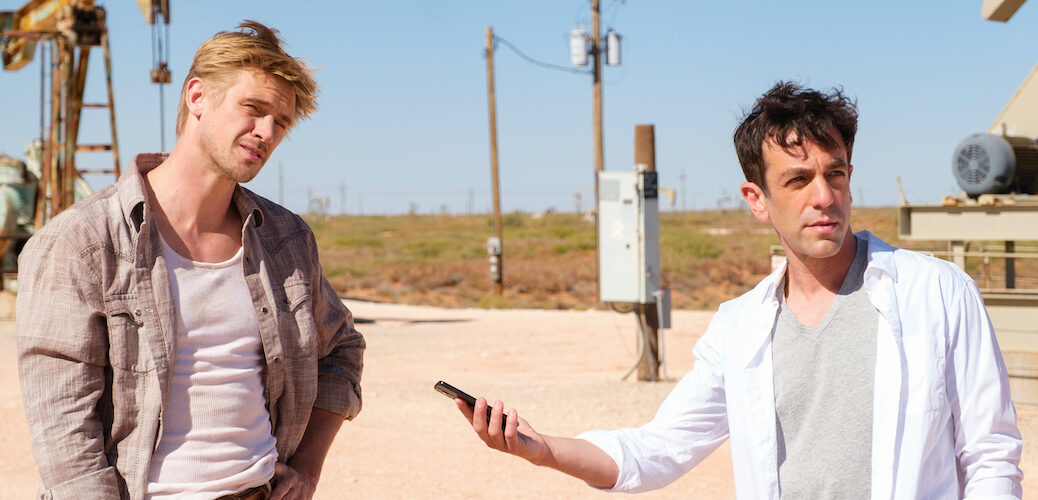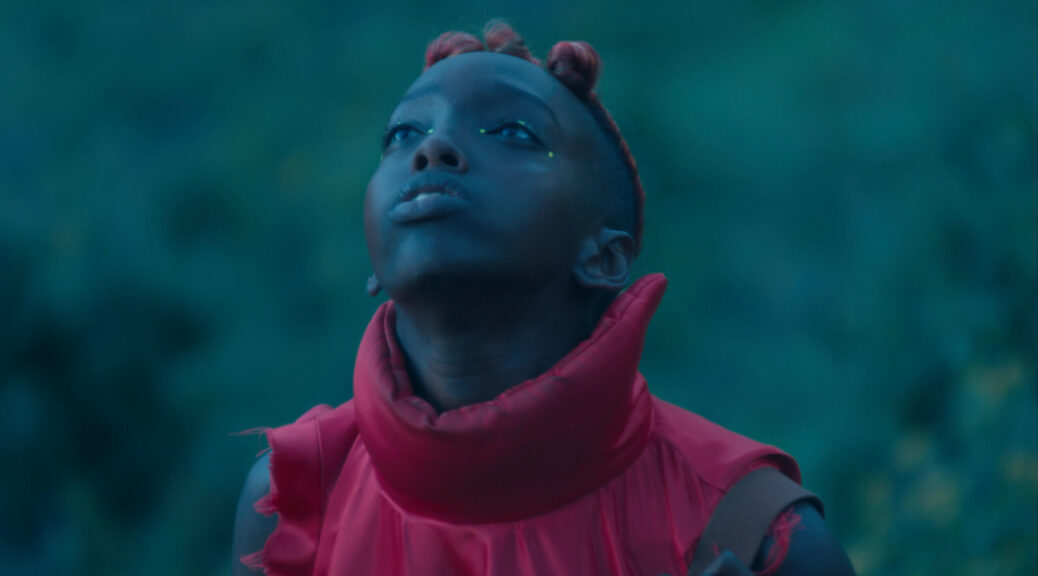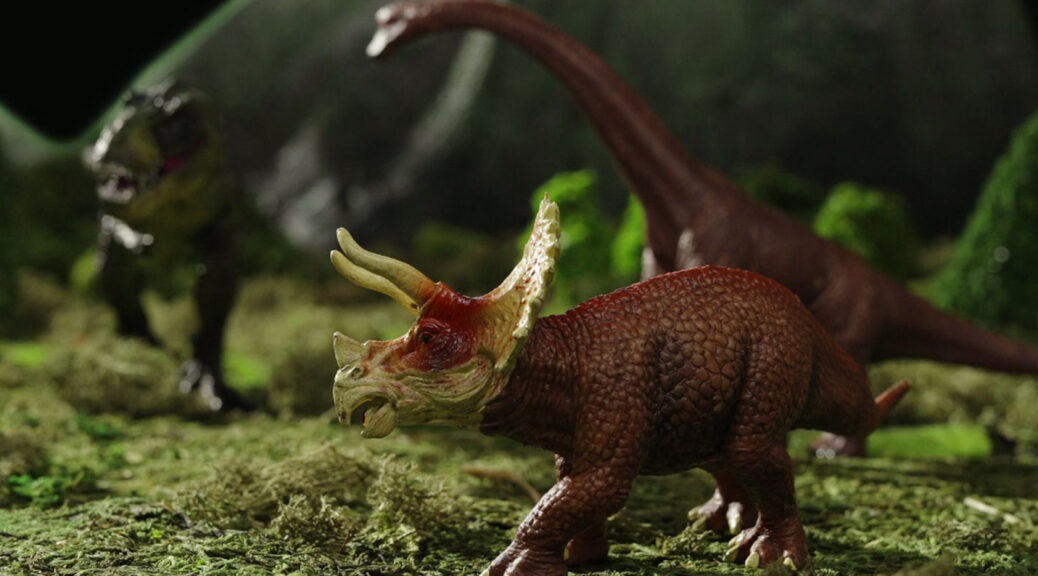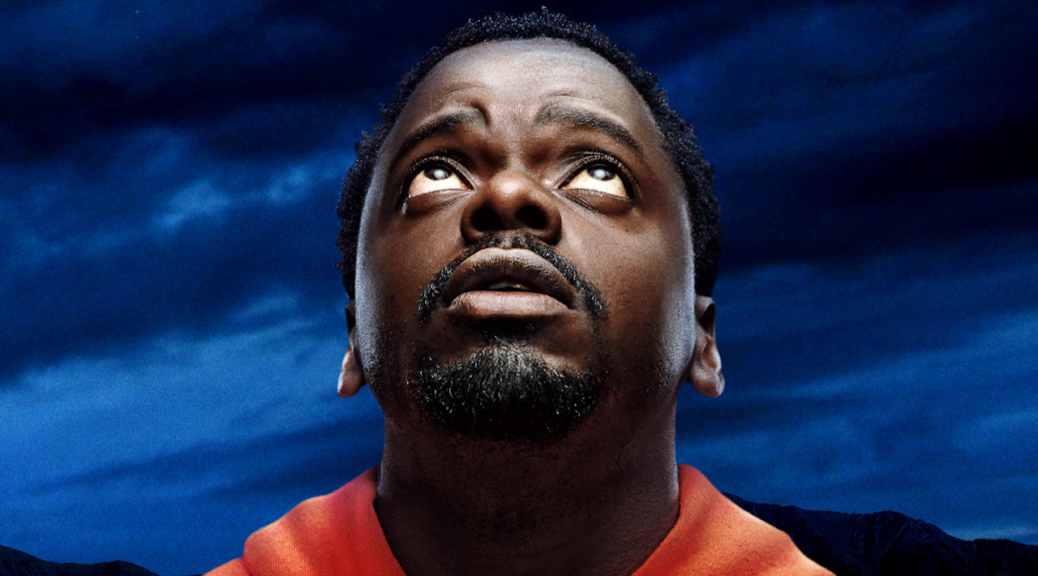Sideworld: Terrors of the Sea
by Hope Madden
Inspired by the British folklore they’ve explored in two features, Hex and The Droving, director George Popov and writer Jonathan Russell turn away from fiction, delivering spectral dread in truer tales.
Their second documentary in less than a year, Sideworld: Terrors of the Sea swims dark waters alongside ghost ships and sea monsters.
Popov’s voiceover establishes a Twilight Zone quality: Truth and lies do not relate in such a simple equation when the line between fact and fiction is enshrouded in mist and shadow. Beyond that threshold is a place that can change our perspective on everything we think we know. I call this place the Sideworld.
Earlier this year, Popov and Russell led us into this mist and shadow with the first installment of their doc series, Haunted Forests of England. Their second effort opens with more of their characteristically haunting cinematography.
The film breaks into four chapters: Ghost Ships, Sea Monsters, Spectral Sailors and Mermaids. Each chapter consists of a number of tails, always highlighting one in particular with some primary or secondary source material to mine.
Though the Flying Dutchman has its fame, the majority of the stories spilled on these shores are little known legends with historical documents for basis. The Wildman of Orford and other tales offer fascinating historical curiosities, while outright ghost stories delight in their sad, scary way.
Popov’s voiceover remains somber throughout, avoiding the campfire fright style of storytelling and instead rendering his tales with reverence. In fact, Popov and Russell’s sympathetic point of view continually asks whether the monsters in these tales are not actually the humans.
Brisk, informative, creepy fun, Sideworld: Terrors of the Sea uncovers welcome treasures of haunted folklore.











